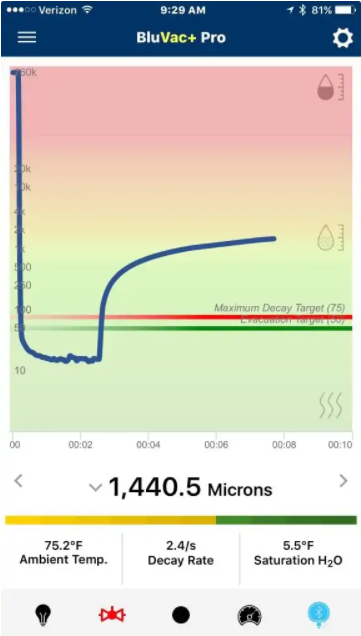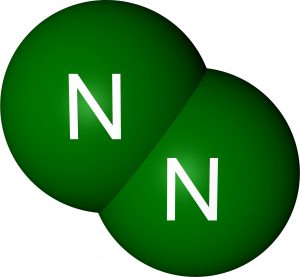Get Tech Tips
Subscribe to free tech tips.
Non-non-condensables
Flowing nitrogen while brazing and pressurizing with nitrogen are great practices. Putting nitrogen in with the refrigerant? Not so much. Nitrogen is a “non-condensable” gas because it cannot be condensed (under normal conditions). However, nitrogen is just one of the non-condensables.
First, let's talk about what a non-condensable gas is.
Any gas that does not condense (change from vapor to liquid) under the normal compression refrigeration conditions is called a non-condensable gas or NCG. These would commonly be air, nitrogen, carbon dioxide, argon, and oxygen. As you can see below, our atmosphere is full of them.

Non-condensables in the system will result in high head pressure/condensing temperature. They may also cause high side pressure fluctuations. The end result is decreased cooling capacity and efficiency due to higher compression ratios.
The only way to remove non-condensables COMPLETELY in a small air conditioning or refrigeration system is to recover the entire charge and recharge with virgin refrigerant. You can recover the charge, let it sit in the tank for a while, and then recover the vapor from the top into another tank. Then, you can recharge with liquid only to remove most of the non-condensables, but it's a pretty inexact science.
You can't remove non-condensables with a line drier. While you do remove air with a vacuum pump, you only remove the air that entered the system once you open it. The vacuum does nothing for the refrigerant you already pumped down or recovered; the non-condensables remain mixed with the refrigerant unless you are dealing with large volumes. Then, the refrigerant and NCGs can actually be separated (and the latter removed).
Non-Condensables Don't Cause Restrictions
However…
“Non-condensables” is often a term that techs use when referring to ANYTHING in the refrigerant that shouldn't be there, such as moisture (shown below), solid contaminants, and other refrigerants.

Carbon buildup from brazing is a solid contaminant, not a non-condensable. Moisture in the system is moisture in the system, not a non-condensable. A high glide refrigerant blend (such as R-407c) charged as a vapor instead of liquid is a fractionated charge—not non-condensables.
I think you get the point.
When we use a term like “non-condensable” as a replacement for “anything weird going on in the system we can't explain,” it becomes a useless phrase. It's like saying a compressor is “bad” rather than explaining the actual fault.
—Bryan
P.S. – HERE is a true story about what can happen when non-condensables are indeed a problem. In many cases, issues caused by those gases are preventable.












Comments
Love the site and your youtube channel. You are an invaluable resource. For a single AC tech in a small company, resources like yours are the only way I can learn.
Wouldn’t a non-noncondensable be a condensable?
https://hvacrschool.com/non-noncondensables/
Love the site and your youtube channel. You are an invaluable resource. For a single AC tech in a small company, resources like yours are the only way I can learn.
Wouldn’t a non-noncondensable be a condensable?
https://hvacrschool.com/non-noncondensables/
To leave a comment, you need to log in.
Log In